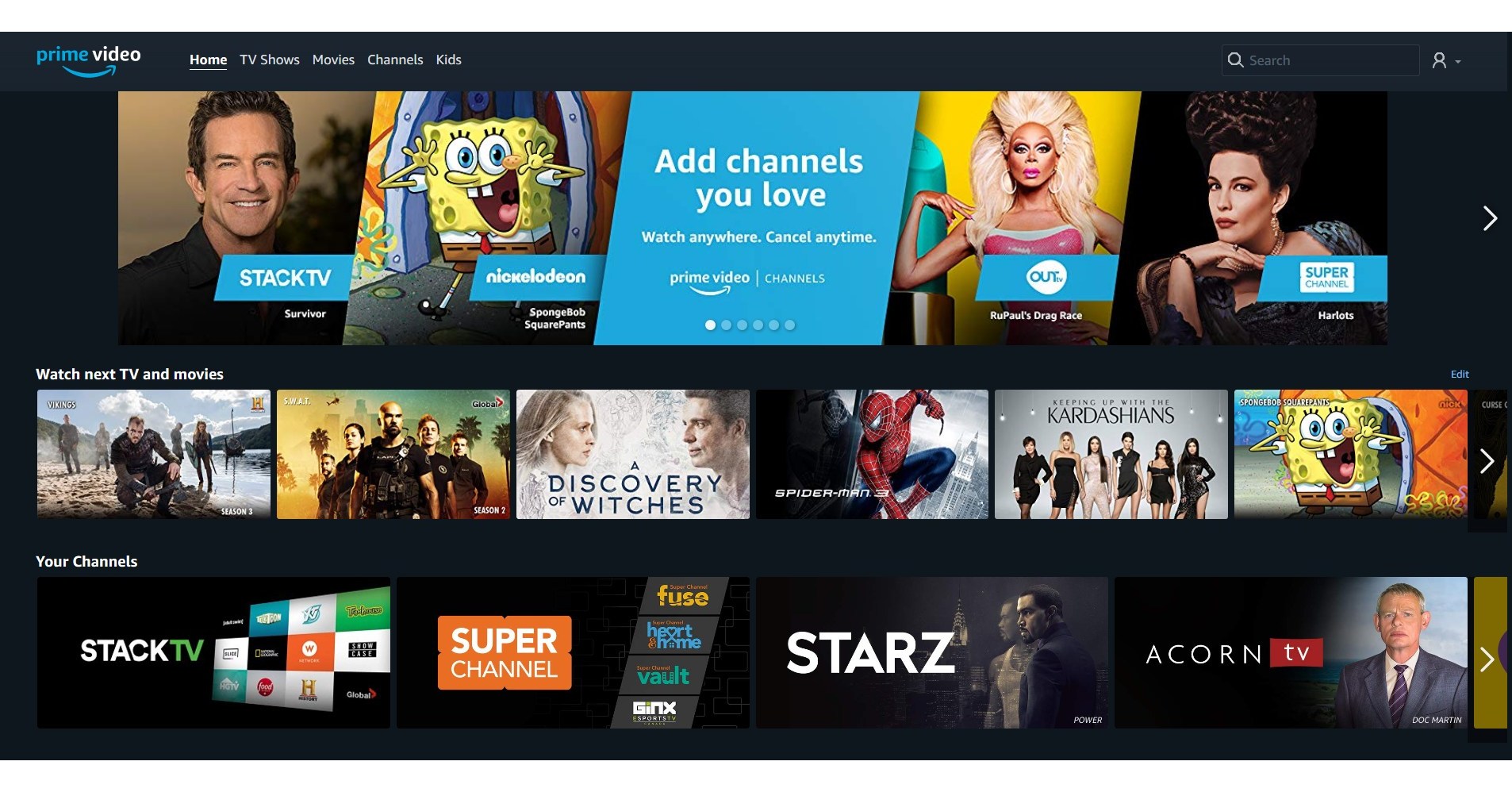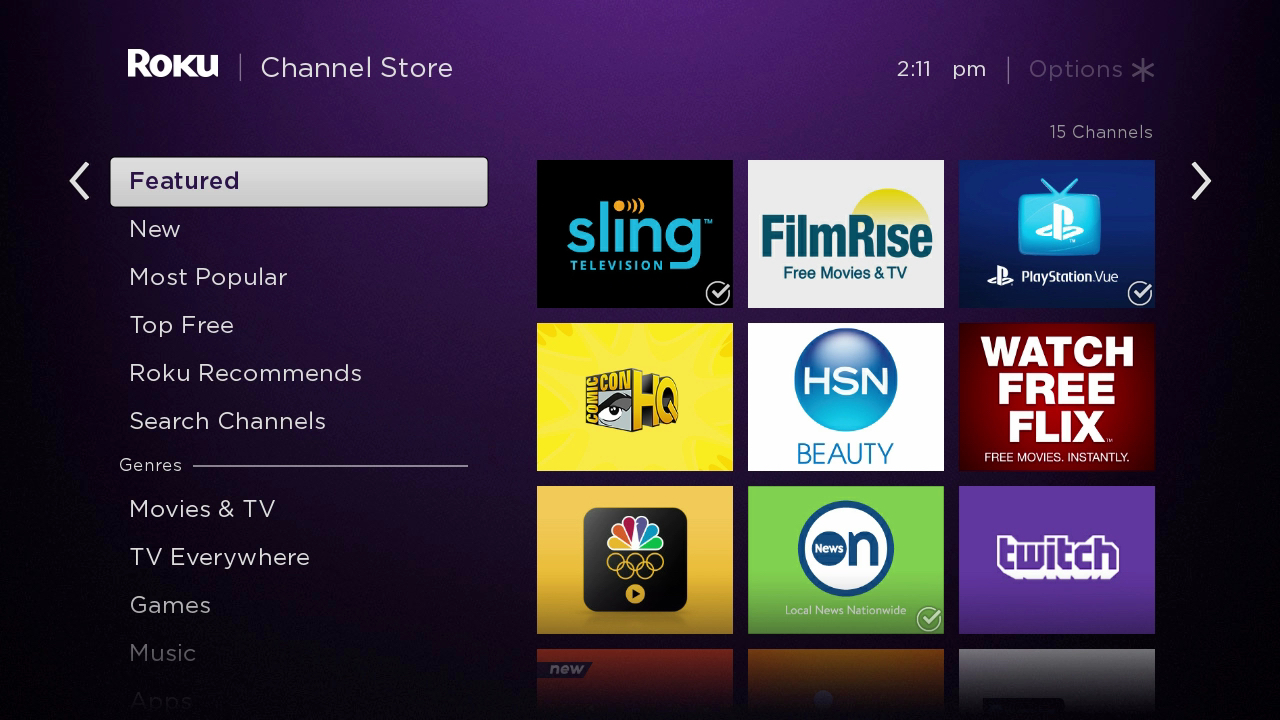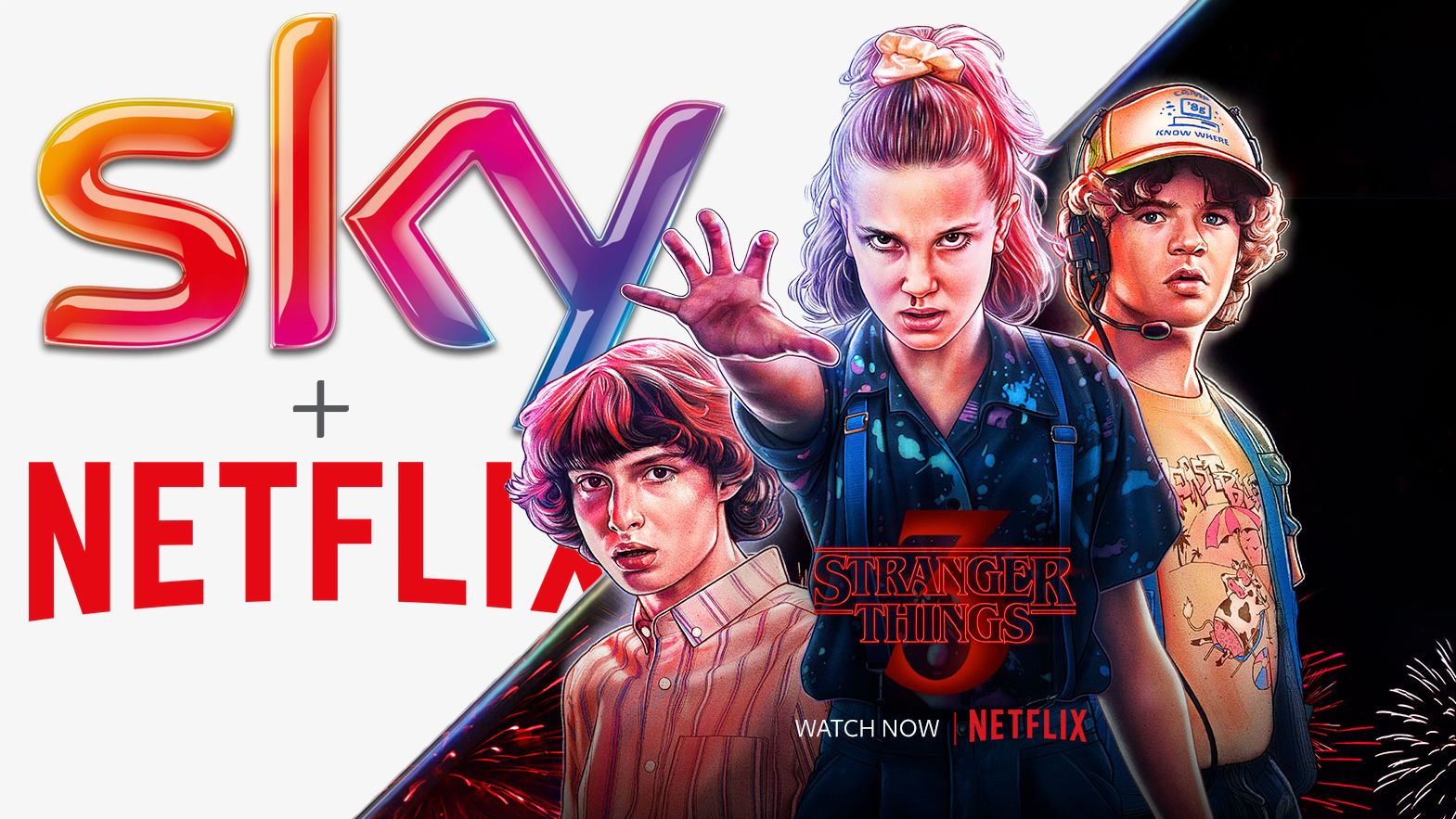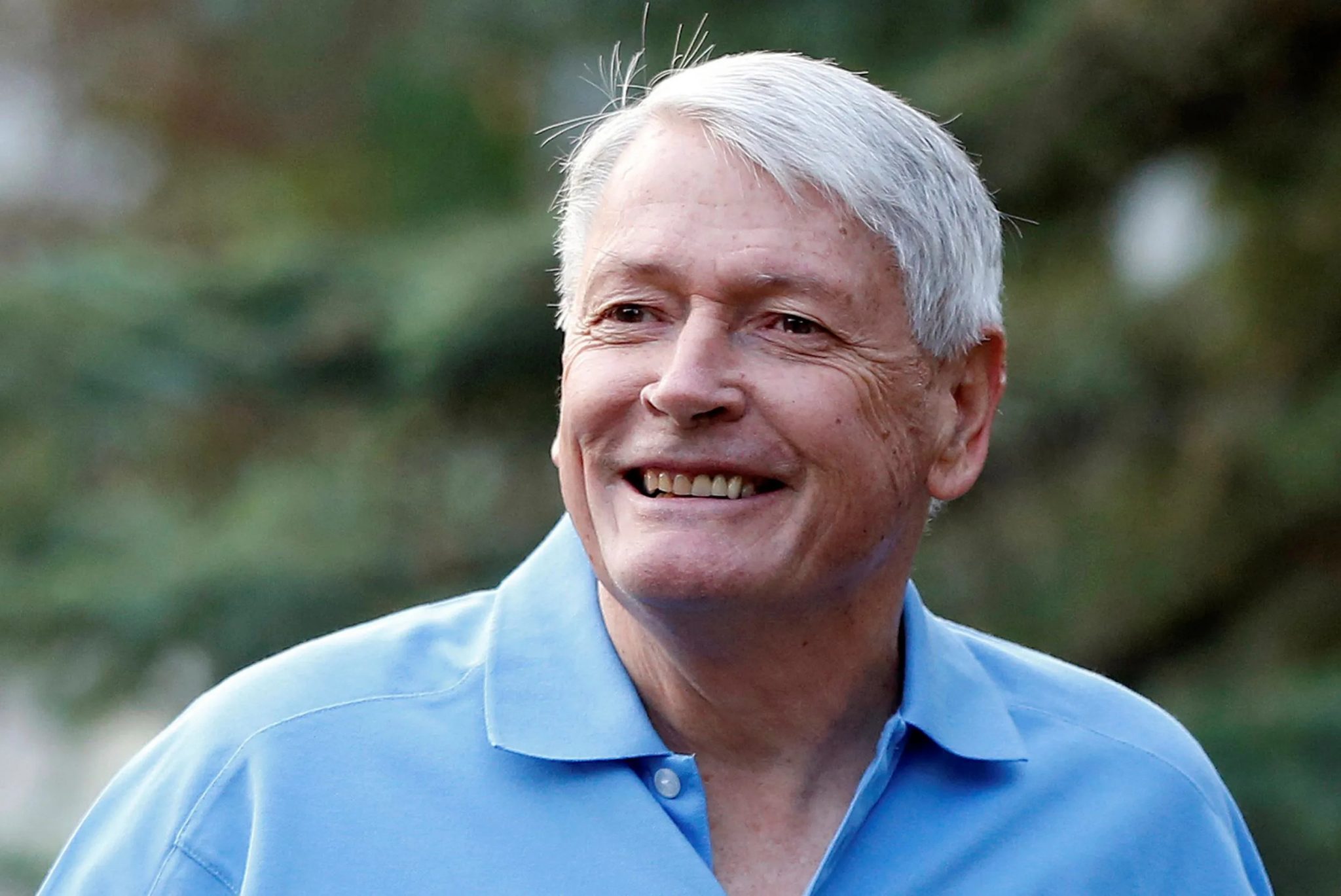
After more than 40 years of operation, DTVE is closing its doors and our website will no longer be updated daily. Thank you for all of your support.
SVOD aggregators are too big to ignore for players looking for global scale
 Roku shares leapt to an all-time high this week after industry juggernaut John Malone threw his weight behind it, and other tech players, as the future of streaming and content aggregation.
Roku shares leapt to an all-time high this week after industry juggernaut John Malone threw his weight behind it, and other tech players, as the future of streaming and content aggregation.
Malone had every right to be bullish on all three of Amazon, Roku and Apple, with the trio (potentially along with Google as it continues to grow Android TV) proving to have a combination of capacity and resources in order to provide a backbone for aggregation of streaming services in the coming years.
And content aggregation is undoubtedly the future, as evidenced by this week’s news that HBO Max will arrive on Amazon Fire devices after months of mudslinging by WarnerMedia CEO Jason Kilar.
Kilar previously protested, that in being forced to fit into the ecommerce giant’s Prime Video Channels strategy, “Amazon has taken an approach of treating HBO Max and its customers differently on how they’ve chosen to treat other services and their customers.”
The argument was that Netflix and Disney don’t have to sit inside this ecosystem – or split revenue with Amazon – so why should WarnerMedia be any different?
Warner however eventually caved, knowing that the 40 million-plus user-bases of both Amazon and Roku were too lucrative to pass up. Apple has been less forceful in making SVODs bend the knee to sit within its own channels setup, but it already has a tight monetary grip over its App Store, with no service getting on there without the iPhone maker’s approval.
With Warner reportedly set to reach a similar deal with Roku and NBCUniversal similarly caving to Amazon, it would appear that a precedent has been set for these major streaming platform holders that, to quote Malone, puts them “in the position to crush competitors or even to go into parallel businesses and wreak havoc.”
Our way or the highway
From the perspective of a VOD operator, the number one aim outside of building up a solid base of content is to ensure that your service can be accessed by as many people as possible. As such, it is in their interest to find some sort of mutual middle ground with the device makers to get on their respective app marketplaces.
 Most dedicated streaming devices (save for those made by Apple) allow users to relatively easily sideload apps onto their product, allowing operators, in effect, to circumnavigate any dealings with the platform holder itself. This however will only be an option for the most tech-savvy of users, or those willing to put their faith in an online guide and source potentially malicious files – a small minority of users.
Most dedicated streaming devices (save for those made by Apple) allow users to relatively easily sideload apps onto their product, allowing operators, in effect, to circumnavigate any dealings with the platform holder itself. This however will only be an option for the most tech-savvy of users, or those willing to put their faith in an online guide and source potentially malicious files – a small minority of users.
But in terms of accessibility, and discoverability – as many users will simply stumble across a streaming service by browsing on an app store – VOD operators need to come to an arrangement, whether that is agreeing to the universal rules of the marketplace or brokering a bespoke deal.
With the platform holders like Amazon holding the majority of the cards then it is no surprise that they are pushing streamers to build themselves into the channel ecosystem.
There is an argument to be made that subscribing to streaming services through channels is far more user-friendly. The channels model put forward by the likes of Amazon and Apple allows easier management of multiple SVODs through one main account, and access with only one login.
The platform holders can also argue that it benefits everyone more from a business perspective. The SVOD operator gets greater visibility from being within this setup and being available as a recommendation to users, not to mention removing the barrier-to-entry of making users create and remember new login info.
On top of all this, the platform holder takes a cut of subscriptions bought through their respective channels ecosystem. They would justify this cost to the operators by arguing that the added exposure and increased accessibility more than makes up for the percentage taken. The platform holders themselves are fairly coy on how much they take, but a late-2018 report from BMO Capital Markets estimated that Amazon takes anywhere between 15-50% of a subscription bought through Prime Video Channels.
That is not to say that all is rosy within this set up.
For users, potential concerns could arise about being locked-into a particular brand of device manufacturer. For example, if you are a Fire TV user and want to buy a new streaming device, you may lose access to your subscribed-to channels should your new device not support Prime Video.
Similarly, some users who may have concerns over data privacy, may not want Amazon, Apple et al. having access to every single thing they watch on a TV screen – particularly given Amazon’s well-documented penchant for holding onto Alexa voice recordings.
Purely from a cost perspective as well, many SVODs are simply cheaper to subscribe to directly, with a large number offering discounted annual memberships.
Cost is also a significant factor for the SVODs themselves. WarnerMedia has undoubtedly agreed something of a sweetheart deal with Amazon after months of sparring, but it will still be losing out on millions of dollars if those users were to sign-up with the streamer directly on its website.
However, the power is concentrated behind these major players and, if Malone is correct, they will be the ones who dominate the streaming landscape in the years to come. If SVODs like HBO Max want to break up the stranglehold of the ‘big three’, they will have to play the game, whether they like it or not.
Pay TV players left behind?
In his CNBC interview, Malone also said that while Amazon, Apple and Roku have the capacity to excel, traditional pay TV operators “have kind of missed the boat.”
He said: “I believe that the cable industry, the US cable industry, kind of missed the boat on being able to be the direct consumer provider in the video space. Never say never, and never say it’s too late, but the scale of a Charter or the scale of a Comcast is small compared to the scale of an Amazon or the scale of an Apple.“
 Aggregation is increasingly becoming central to many pay TV operators internationally. Comcast-owned Sky is perhaps the greatest example of this, with the company earlier this year launching a £25 ‘Ultimate TV’ package in the UK that bundles a basic Sky Q package with Netflix. The operator also announced a high-profile distribution deal with Disney+ in March, and has since added access to a number of services ranging from Karaoke music app ROXi to the exercise service Fiit. Similar to those streaming channels, users can add these subscriptions to their monthly Sky bill for ease of use.
Aggregation is increasingly becoming central to many pay TV operators internationally. Comcast-owned Sky is perhaps the greatest example of this, with the company earlier this year launching a £25 ‘Ultimate TV’ package in the UK that bundles a basic Sky Q package with Netflix. The operator also announced a high-profile distribution deal with Disney+ in March, and has since added access to a number of services ranging from Karaoke music app ROXi to the exercise service Fiit. Similar to those streaming channels, users can add these subscriptions to their monthly Sky bill for ease of use.
In addition, Sky has continued to bolster its on demand and transactional content library in a strategy which also is beginning to bear fruit with a recent return to subscriber growth.
Aggregation is similarly central to Virgin’s new Virgin TV 360 pay TV platform which offers access to a similar array of apps and services, but the Liberty Global operator will not go so far as to offer bundled subscriptions.
These players however have notable gaps in their libraries. Amazon Prime Video is not accessible on Sky, and Disney+ is missing from Virgin.
Malone is perhaps correct that for the modern streaming-oriented viewer, the pay TV platforms do not have what it takes to compete with the wide-range of services accessible via Apple, Amazon and Roku devices, but they are still trying to make it work.
The long-standing status quo of TV has been uprooted in recent years, and there’s little sign that the pendulum will shift away from those US tech giants and back towards traditional pay TV operators.
As things stand the business models of these major streaming platform holders appears to be a winning one, and the future only looks to be more profitable for them.




